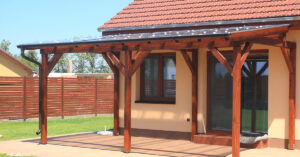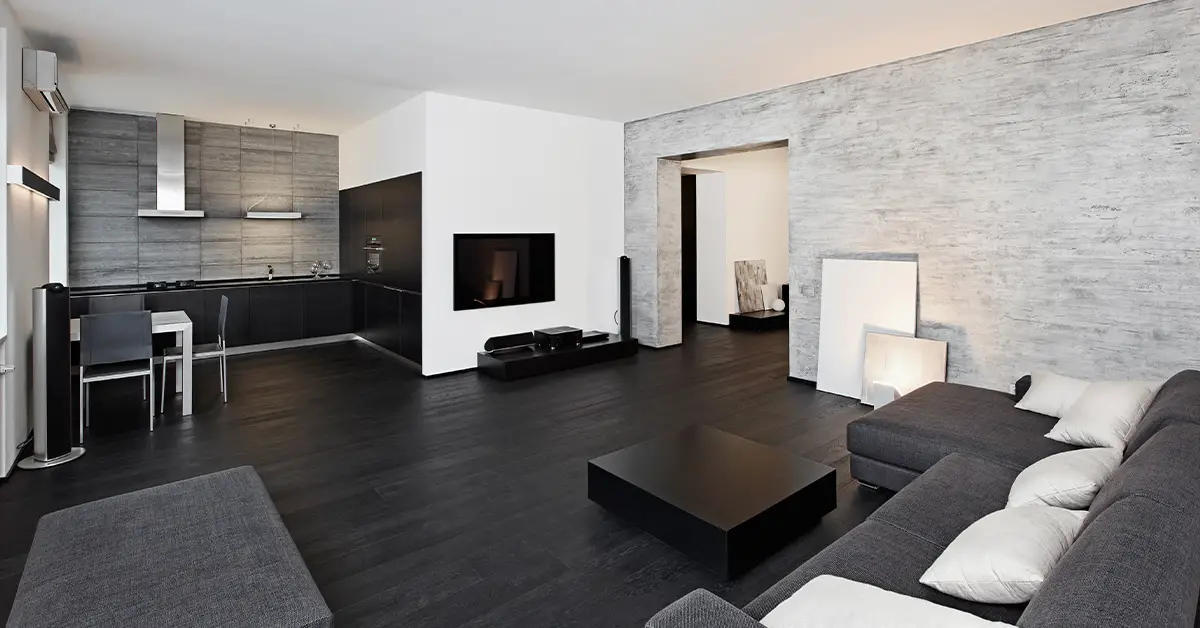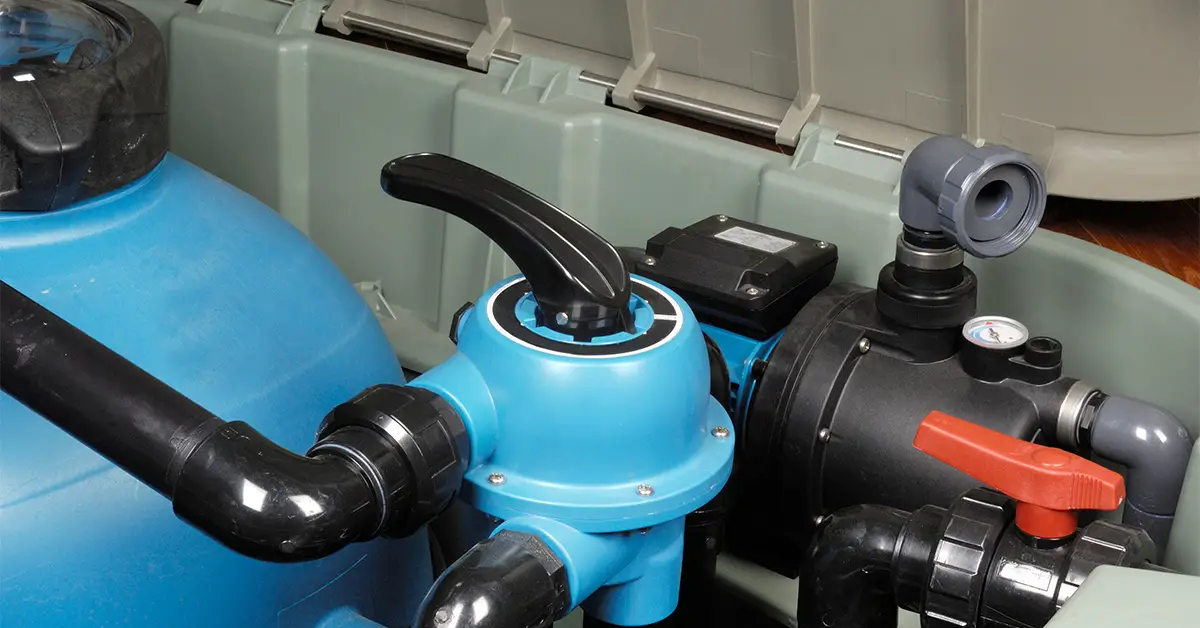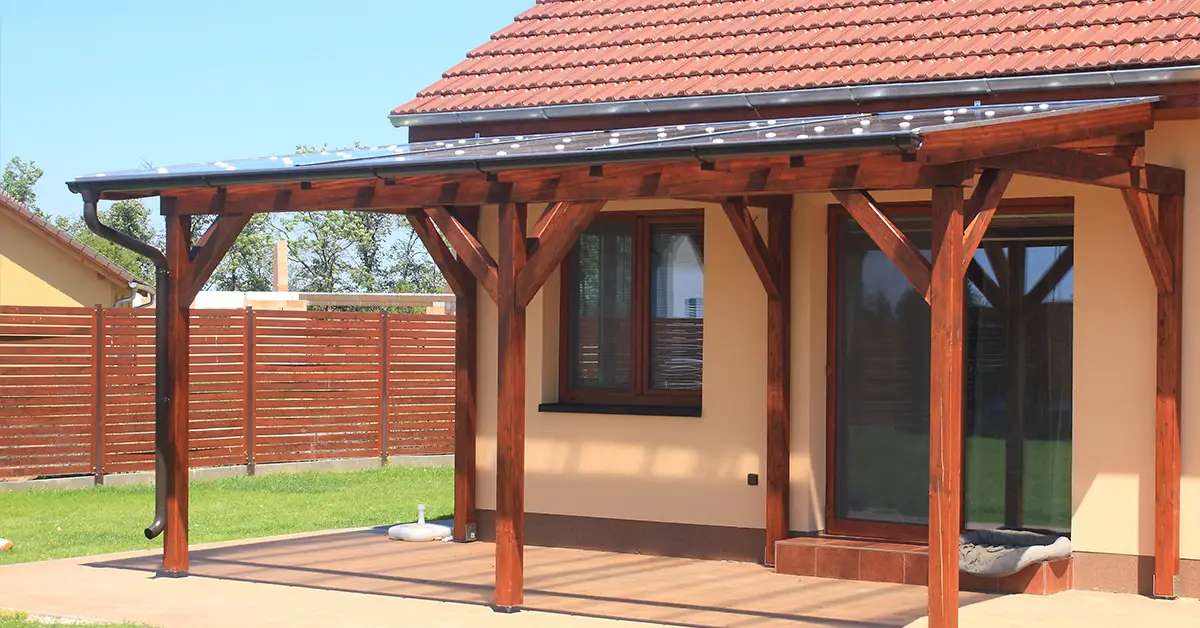With over 4 million people working from home at least half of the time here in the United States, setting up a home office is more important than ever. Although working from home sounds great, setting up your home office can be a pain.
One of the biggest problems is being able to soundproof a home office because the neighbor can get loud. Don’t worry too much though, as we have some solutions for you.
Here are 12 ways you can easily soundproof your home office. Let’s take a look!
Table of Contents
1) Seal Any & All Holes
The first thing is first, look for any gaps in the walls or ceilings of your home office and seal them. Even the smallest cracks can make a huge difference and let in a ton of noise. Although it will take some time, after you’re done, you’ll be glad you did it.
You may utilize a variety of materials to fill up the gaps. Fiberglass bat insulation has shown to be an effective option for this, but there are plenty of other at-home DIY materials that you can use.
Make a visual inspection in the room during the day. You can also try doing it a second time after dark, to see if any light is coming through any wholes you might have missed.
2) Install the Right Type of Door
A hollow-core door is a huge problem for at-home offices, they are inexpensive, but they do not provide great soundproofing. If you have one, consider swapping it out with a solid wood door instead. Any type of addition will be helpful here.
When you have a solid door such as with real wood, it offers a better absorbing barrier to help block out noise. Door such as a hollow-core are thin and noise will go right through them.
3) Use a Door Sweep
One of the first things you can do to a standard door is to use a door sweep. It’s an inexpensive way to seal off any cracks from below. This will help reduce noise from underneath, as well as keep heat and cold out during the winter and summer months.
Make sure that it has a rubber gasket on it because this will create a proper seal under your door! In addition to that, you can also install weatherstripping around the sides and/or top of the door for added protection.
4) Soundproof Your Windows
Next, you’ll want to work on soundproofing your windows. There are a lot of different things that you can do to soundproof your windows, but we’ll cover some of the simple and effective methods.
The more expensive alternative is to hire a professional window installer. Soundproof windows are double-paned windows with a spacer between them.
The most affordable choice is to hang up some curtains. You can invest in soundproof or noise-reducing curtains that make a huge difference. They’re made of hefty fabrics like velvet, cork, or felt and may be placed on your current window frames.
Either way will work, but the more expensive way is more effective. Soundproofing doors and windows properly are going to be key to keep the noise down while working from home.
5) Work on the Flooring
When your home office was set up, did you pay attention to the flooring at all? Believe it or not, even the floor can be a big source of sounds.
One option is to simply cover your floor with rugs and mats. Soft surfaces like these absorb sound and help keep some sound from bouncing around in your home office. Furthermore, this will help with insulation too!
Another idea is to place some hard rubber tiles on the floor. They can also reduce noise while absorbing any strong vibrations coming through them which might cause an echo.
6) Soundproof Office Walls
Next up, we’ll work long soundproofing your office walls.
A great way to do this is to purchase soundproofing foam. They’re relatively inexpensive, and they can help keep noise out or even in. If your walls are already decorated with something on them, you may simply opt for adding a new layer on top of it.
You can also use noise-canceling paint. Yes, certain paints can reduce noise by a significant amount in your home office setup. Just make sure that you have covered any and all holes before applying the paint or foam to your walls.
7) Treat the Ceiling
If you have an open ceiling and want to make sure that the noise doesn’t get through, adding a sound barrier is going to be key. This is especially true if you live in a two or more story building with neighbors over you.
If you’re looking for an affordable way to soundproof your ceiling, furring strips are a great option. Furring strips are thin boards that are attached to the ceiling, and they help to create a surface that is more conducive to absorbing sound.
A much better and more viable option though is using acoustic panels. These can be a bit more pricey but offer a much better solution and are easier to install.
8) Work On Your Air Vents
Your air vents and most likely your AC unit can be huge holes in your wall that allow for a lot of sounds to pass through.
That’s why it’s very important to block these out with foam or weatherstripping. However, this does prevent your AC or heating to go through to your office.
Another option that doesn’t do this is with a sound maze. This is built into the vents themselves and offers an excellent solution. If you don’t want to tack this on yourself, hiring a professional is the best way to go about doing this!
9) Use a White Noise Machine During Work
When you’re at work, it can be hard to focus on your work when there are other sounds around you. This is especially true if you have a somewhat smaller office and there is more noise from outside.
So how do you block out these sounds? The answer is simple: with a white noise machine! These machines produce sounds that help drown out any outside distractions so that way all of your attention can go towards the task at hand.
If you don’t want to go out and buy a new sound making machine, you can also just use your phone for this. Many music apps such as Spotify have whole albums and playlists just for white noise.
These can be anything from a low relaxing humming noise to the sound of rain, ocean waves, and waterfalls.
10) Fix Any Structure Issues
If your home office is adjacent to a room where appliances are running, you may hear noise from the washer, dryer, or other machines. This is because the machines are vibrating against the walls, and the sound is traveling through the walls into your office.
There are several ways to fix this issue. You can install a second layer of drywall to push the room’s dimensions in slightly, which will dampen any vibrations as they come through the walls. You can also fix the vibrating wall. Or lastly, ensure anything that makes a noise like that isn’t running during working hours anymore.
11) Remove Echoing Issues
If you have a hard floor or high ceilings in your office, then there is going to be an echo. Many homes, especially ones that are more open, can have fairly big echoes.
Simply add some rugs and carpets on the floors and hang some curtains from the ceiling in any rooms that cause echoes. These materials will absorb any noise that could bounce off of the walls, so this should help with any echoing problems you could potentially have.
12) Use the Right Furniture
This tip may seem a bit out there, but it is definitely true. Different types of furniture can help block sounds from being heard or cause sound issues in the first place. Hardwood tables and chairs tend to echo loudly, which can be a huge problem when you’re trying to avoid noise.
It’s best to go with office chairs and couches for padding purposes that also prevent echoing effects. Such as upholstery. When you use furniture that has material such as upholstery, the sound won’t be able to bounce off of it. Whereas something made of wood will.
Every small effort counts when it comes to creating a productive home office environment.
Soundproof a Home Office Space
Noise can be a huge distraction when you’re trying to focus on work, and if your home office is in an open space or has hardwood floors and high ceilings, the noise levels can be even worse.
If you want to soundproof a home office, simply follow the tips in this article, you can create a more sound-proofed office space that allows you to concentrate better and get more done.
If you have questions about office soundproofing solutions or need help finding the best products for your office space, check out our home guides. We’re here to help you!







